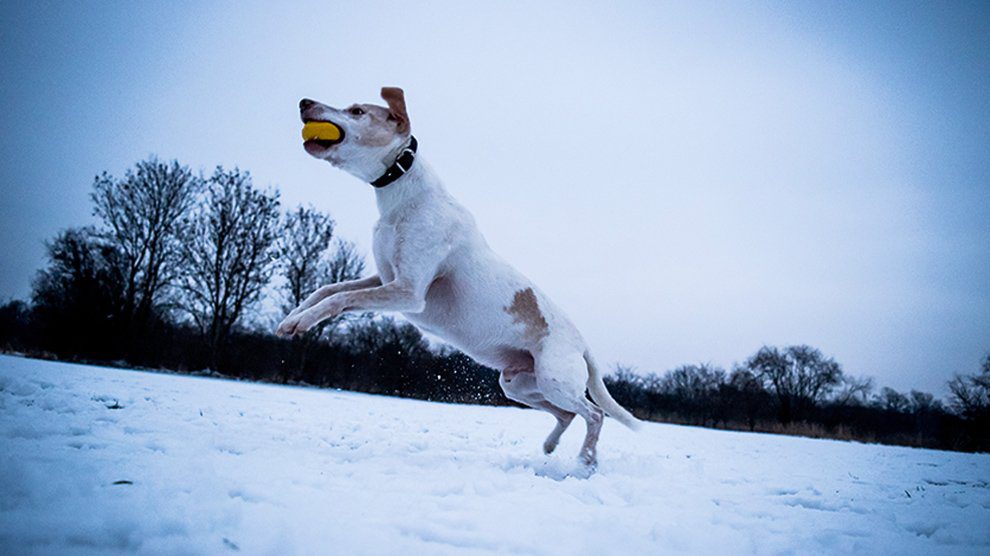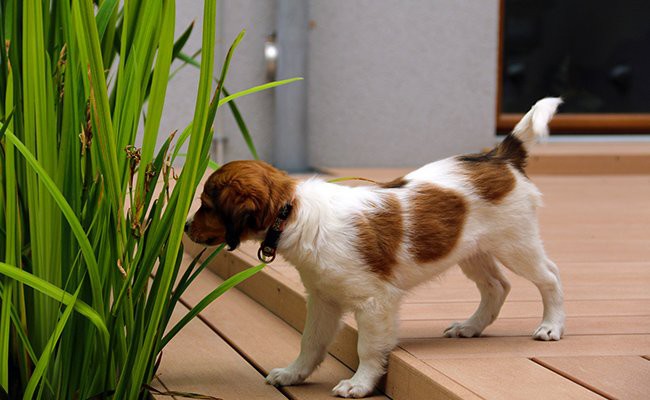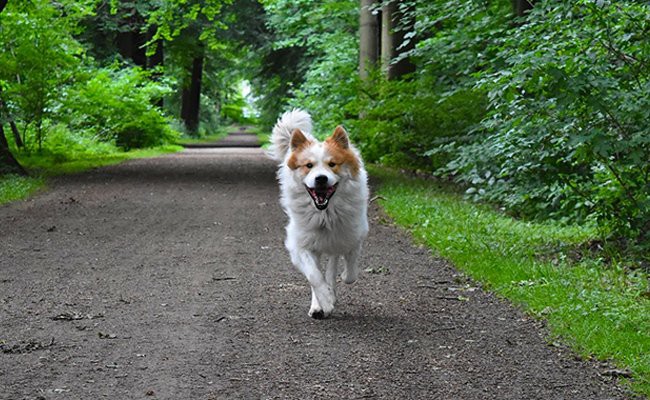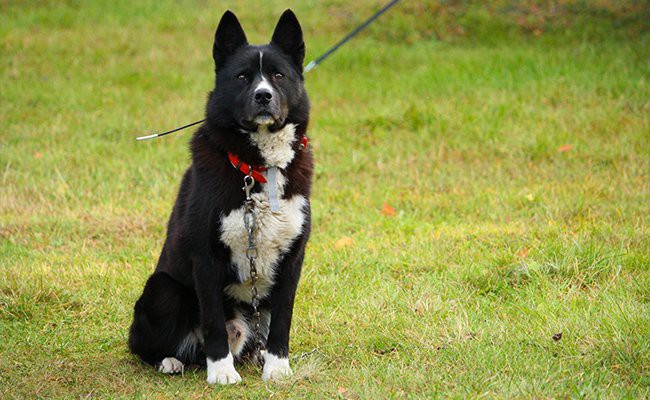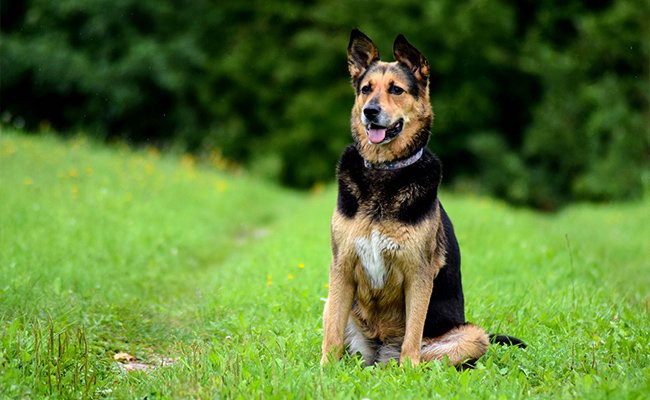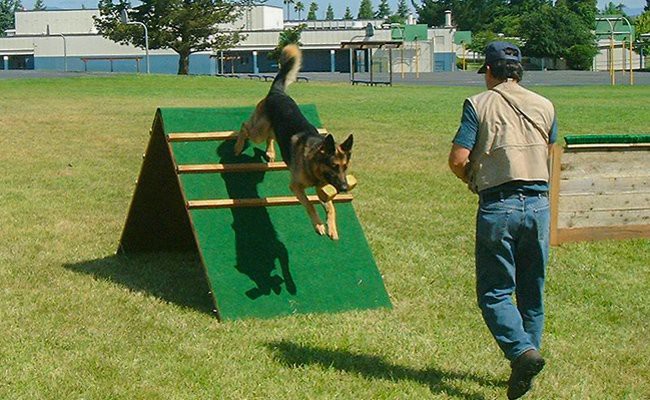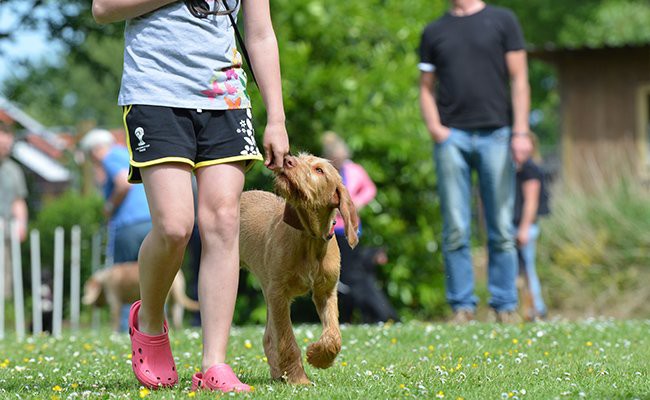Dog Pregnancy Calculator And Timeline
Well, your favorite pet is finally here. Dog training needs to start as soon as possible since early socialization and positive enforcement is really vital. However, where should you likely begin?
Whether you hire a professional trainer or train your dog yourself, some simple dog training tips can help you.
Note – Think about getting your dog spayed or neutered when your pet dog is old enough. Spayed or neutered dogs are more open to training, less aggressive, and more docile. In this article, let’s learn more about common dog training techniques or methods prescribed by expert dog handlers.
House Training
Before you actually start, you better understand the fundamentals of dog training. As a matter of fact, you should remain patient; work in short bursts and add variety. Most importantly, you should know how to keep your body language positive.
Potty training
In fact, potty training mainly requires positive reinforcement, patience, and consistency.
Ok, let’s begin with the basics
- Manage your dog – Firstly, limit your dog’s access to various parts and it could mean shutting the doors.
- Plan a routine – Dogs love habit. Therefore, feeding your dog and taking the dog outside at fixed times works well. In particular, you can easily train her to ‘go’ each day at fixed times.
- Stop punishing your dog – Accidents do happen, and dogs are not like humans. You just clear the mess and remind yourself that training is a continuous process.
- Reward your pet – Never hesitate and feed her a treat once she starts going in her assigned spot.
Come
Coming when called remains one of the needed vital skills to keep your dog safe. “Make it a blast” each and every time your dog or puppy comes when called. In the first place, they should love coming to you as and when they hear your call.
How to train your dog using “come” command?
In order to train your puppy, start with these simple steps-
- First, start your training on a leash.
- Move away from your dog and call her to “come”.
- Never repeat your command more than once and stay positive
- Moreover, once the dog moves towards you greet her with her favorite
Finally, you can increase the distance and start your dog training in different situations.
Stay
Teaching your pet to sit erect or still is one way to save her from potential danger. Employ these important “Ds” of training
- Distraction
- Duration
- Distance
In general, stand very close to your pet and ensure that your dog is in a down or sit position. Now, stretch out a hand and say “stay”. Now, it’s time to reward your dog. Repeat this step until your pet understands that if she holds this position, a treat is on her way.
Learn How To Select A Dog Treat
Bear in mind, generally speaking, there are plenty of ways to greet your dog for a task well finished. On the whole, food treats are the most effective and convenient way to control your dog’s activities.
Take a look at some of the simple tips with regard to choosing the correct dog treat-
Slow-consuming treats
At times, treats should last for a long time for a better experience. So, choose chewy treats such as bully sticks or fill a Kong with peanut butter or cream cheese.
Perishable treats
Perishable treats like feeding your dog with leftover chicken will not suffice. Therefore, carry non-perishable treats such as a jerky cut or freeze-dried liver.
Change the treats often
In the first place, dogs can turn dull with the same reward time and again. In addition, you better use various types of treats during training, and this will keep your dog guessing.
Stinky and soft treats
Soft treats are very faster and easier to eat. Compared to crunchy treats, biscuits are usually one-off treats. Not to mention, soft treats can also be stinky. In other words, in a noisy environment, you should treat your dogs with bacon or cheese.
Leave It Command
The “Leave It” call will safeguard your dog from other stray dogs or any toxic material. To teach your dog “leave it” command, first make it take a down or sit position.
- Show – Firstly, show your pet her treat and command “leave it”, placing the treat under your shoe.
- Wait – Your dog will do all the tricks to get the treat- pawing, licking, and sniffing. But, when she gives up, give a new treat and not the old one.
- Repeat – Your dog might do the same action time and again and wait until she gives up. Note the desired action with a reward, click, or a “yes”.
Finally, when your pet has gained control over a hidden treat, you better work up more compelling distractions.
Sit
In general, most dog “sit” without receiving any command.
How to teach your dog to “sit”?
Firstly, hold a treat and slowly raise it towards her back. The moment she follows the treat, her back portion will go down automatically.
Importantly, when her back hits the ground, say “yes” and allow her to have her reward. Overall, once your dog falls for the reward, gradually you can now move to verbal command or hand signal.
Settle
Making your dog learn “settle” command will help him manage emotional changes. Not to mention, like sitting, settling is a simple thing every dog do it without any provocation.
As an owner, your only job is to connect something to your dog’s behavior.
How to make your dog “settle” down?
Before training, leash your dog and you take a seat. Now, you just stand on the leash so that your pet has only limited room to turn around, stand, and sit. After your dog settles down, say “yes” and now hand her a treat.
Down
Just like the “sit” command, you can begin training your dog with the “down” cue
- Make your dog sit in the front
- Now, hold a treat
- Place the treat down on the floor and not very close to your dog. Eventually, she will move with her front feet lying down.
- The minute you see her lying down, give her a treat and say “yes”.
- Repeat the above steps until your dog is ready
Merits And Demerits Of A Trainer Visiting Your House Vs. Attending A Class
The very first thing that crops up when we wish to buy a dog is nothing but dog training. Moreover, early training will ensure that your pet becomes well behaved.
Merits of Training at Home
For beginners, the timing is very much flexible. Most dog trainers who allow in-home training provide a wide range of time slots. Furthermore, at-home training contains need-based training programs.
Overall, you can work and train at your own pace and for some dogs training at home suits well.
Demerits of Training at Home
The biggest demerit that your dog will face is an failed opportunity to socialize and play with other fellow dogs. Another key point is that he will never learn to follow commands outside your home.
So, what’s the best option?
Initially, you might start home-based training and later switch to group classes for better results. Generally, for those dogs that are nervous and reactive, private training can act as a bridge.
Suppose, if you are still confused you can talk to a professional trainer and seek his opinion.
Most Well-Known Mistakes To Avoid During Dog Training
In fact, social media is filled with tons and tons of information regarding how to handle your dog. However, in fact, pet owners commit a plethora of mistakes during training.
Therefore, take a look at some of the well-known mistakes owners make during dog training.
Stop working
To sum up, avoid training when you suffer from temperamental issues. In these situations, your patience may wear thin and you are more prone to erratic behavior. In case of a not so good day at work, spend some quality time snuggling or play fetch.
Avoid repetition
Another important point factor in dog training- Avoid using the same set of commands time and again. Halt! Analyze your dog’s responses, and create a new training plan.
Failing to practice
Failing to practice is another big mistake dog owners make. Bear in mind, normally, once a week class is not enough to produce a well-mannered dog. Interestingly, dogs have the mindset of a toddler, and their concentration can be really short.
Cues poisoning
This happens when you connect a behavior or cue with something negative and hence, your dog stops responding. For instance, after teaching your dog “Come” command, you call him for a shampoo bath.
But after some hesitation, he comes. So, keep in mind, if your dog hates something, stop using cues with regard to that activity.
Overall, once that cue becomes reinforced, you might not escape when he learns those commands.
Command Nagging
Command nagging happens when your pet fails to respond to a command, but you keep on repeating it forever. In other words, you say ‘come’ but your pet never responds.
Pretty soon, your dog stops listening to your command until you repeat the word ‘come’ six to seven times. To conclude, it’s paramount to mention the cue only once. In case, if you find the dog unattentive, stop saying anything.
This will not only grab his attention but at the same time, you stop command nagging.
The Bottom-line
Laying a good training foundation will ultimately help your dog and make him more obedient. To sum up, if you don’t know how to start, you better contact a certified IRL trainer in your locality.

